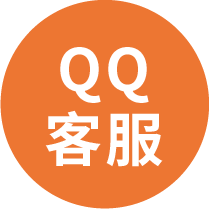CARD15 (NOD2) Rabbit Polyclonal Antibody
CN¥ 5,808.00
货期*
4周
规格
经常一起买 (2)
Specifications
| Product Data | |
| Applications | IF, WB |
| Recommend Dilution | WB: 2 - 4 ug/mL, ICC: 10 ug/mL, IF: 20 ug/mL |
| Reactivity | Human |
| Host | Rabbit |
| Clonality | Polyclonal |
| Immunogen | Rabbit NOD2 polyclonal antibody was raised against a synthetic peptide corresponding to 14 amino acids at the carboxy terminus of human NOD2. |
| Formulation | PBS containing 0.02% sodium azide. |
| Concentration | 1 mg/ml |
| Purification | Immunoaffinity chromatography purified IgG |
| Conjugation | Unconjugated |
| Storage Condition | Store at -20°C as received. |
| Gene Name | nucleotide binding oligomerization domain containing 2 |
| Database Link | |
| Background | Apaf-1 and NOD1 are members of a new family (1), which are involved in the regulation of apoptosis and immune response. Each of them contains a caspase recruitment domain (CARD) and a nucleotide-binding oligomerization domain (NOD). A third member in this family was recently identified and designated NOD2 (2). NOD2 interacts with RICK via a homophilic CARD-CARD interaction. NOD2 activates NF-kappaB, which is regulated by its carboxy-terminal leucine-rich repeat domain that acts as an intracellular receptor for components of bacteria. The variants of NOD2, either a frameshift or a missense, were associated with Crohn’s disease (3,4) that is a main type of chronic inflammatory bowel disease. |
| Synonyms | ACUG; BLAU; CARD15; CD; CLR16.3; IBD1; NLRC2; NOD2B; PSORAS1 |
| Reference Data | |
| Protein Families | Druggable Genome |
| Protein Pathways | NOD-like receptor signaling pathway |
Documents
| Product Manuals |
| FAQs |
| SDS |
Resources
| 抗体相关资料 |
Customer
Reviews
Loading...


 United States
United States
 Germany
Germany
 Japan
Japan
 United Kingdom
United Kingdom
 China
China




